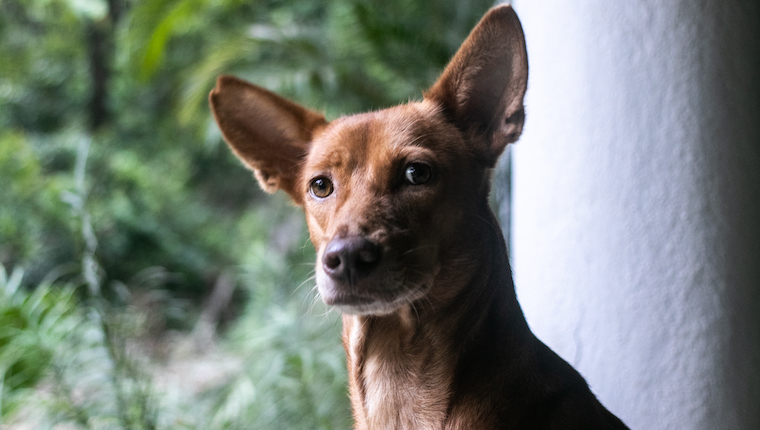For domesticated dogs, life consists of chasing balls, waiting for the next meal, and a lot of resting. But for the native dogs of India, things are drastically different. A recent article in JSTOR chronicled the journey of three biologists as they set out to uncover the realities of life for these native dogs.
Native Dogs and Strays

India is home to one of the oldest breeds of indigenous dogs. The Indian Native dog — also known as the Indian pariah dog, or the Desi dog — has ancestral roots dating back at least 4,500 years.
These native dogs are distinct from their domestic cousins. That means they’ve evolved naturally without human direction. As such, the lack of selective breeding has adapted them to the country’s subtropical and tropical climates. These dogs are known to be very intelligent, easily trainable, and among one of the healthiest breeds.
INDogs are the dominant breed of dog living in India. Generally, they live in urban environments and on the edge of forests. Some people mistakenly use the term to refer to all dogs living on the streets. But while strays who go without human contact during their formative years will become feral, the Indian Native dog is a developed breed, unlike any domesticated dog.
Hitting the Streets
Sen Majumder, Ankita Chatterjee, and Anindita Bhadra were the researchers behind the study. They set out to observe the dogs in their natural habitat during the most active parts of their day. This meant a break around midday to escape the heat and finishing at sundown when the dogs were no longer visible.
They collected information about each dog’s “activity budget,” based on whatever they were doing when sighted. After the study, the information was compiled to see what behaviors were most dominant. In all, the team recorded over 1,940 sightings.
The results show that for the most part, street dogs resemble their housed relatives. 53 percent of the sightings were “inactive.” The dogs were either sleeping, sitting, or laying down. 16 percent of dogs were sighted walking alone or in a group. And less than 6 percent of sightings noted things like eating, drinking, smelling, or scratching.
Overall, the research suggests that street dogs prefer to conserve their energy when they can. Smart dogs.
Changing Attitudes
People mostly perceive Indian Native dogs as a nuisance or threat. They can be very territorial and sometimes will fight over food. Unfortunately, the dogs are also known carriers of rabies.
Yet, the researchers hope their study will help shift people’s perspectives. Of the 32 dog-human interactions they recorded, “none were aggressive.” Most of the time, the dogs would simply wag their tails and beg for food.
The team notes that “the dogs are generally lazy and friendly animals, and their rare interactions with humans are typically submissive.”



